7 Tips to Know About Top Things to Know Before Buying Best Houseplants
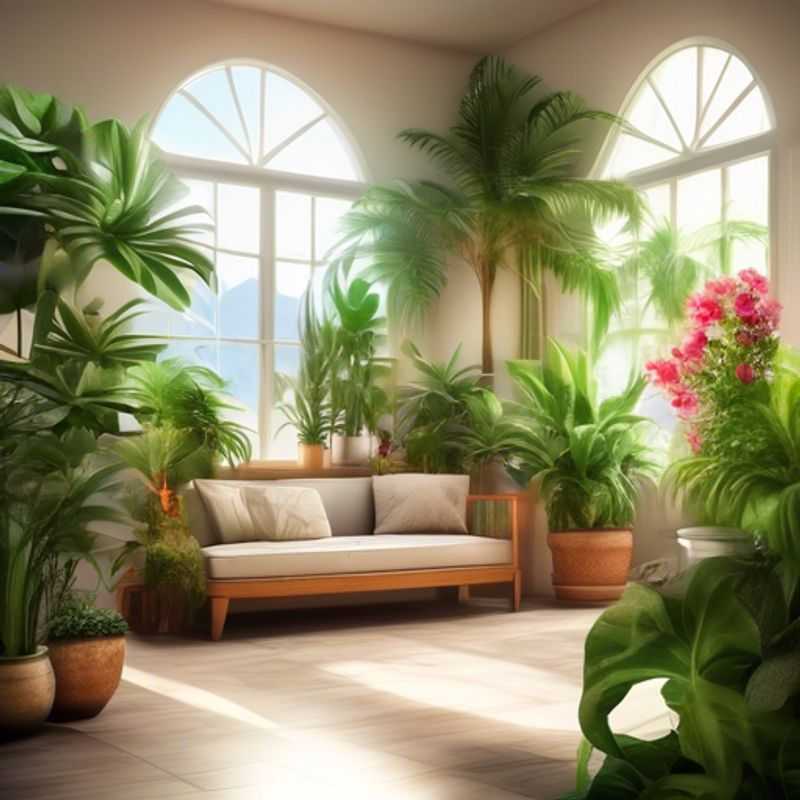
7 Essential Tips to Master Before Bringing Home Your Dream Houseplants
Hey there, plant lovers! Bringing a little green into your home is a fantastic idea, but before you head to the nursery, it's smart to do some homework.
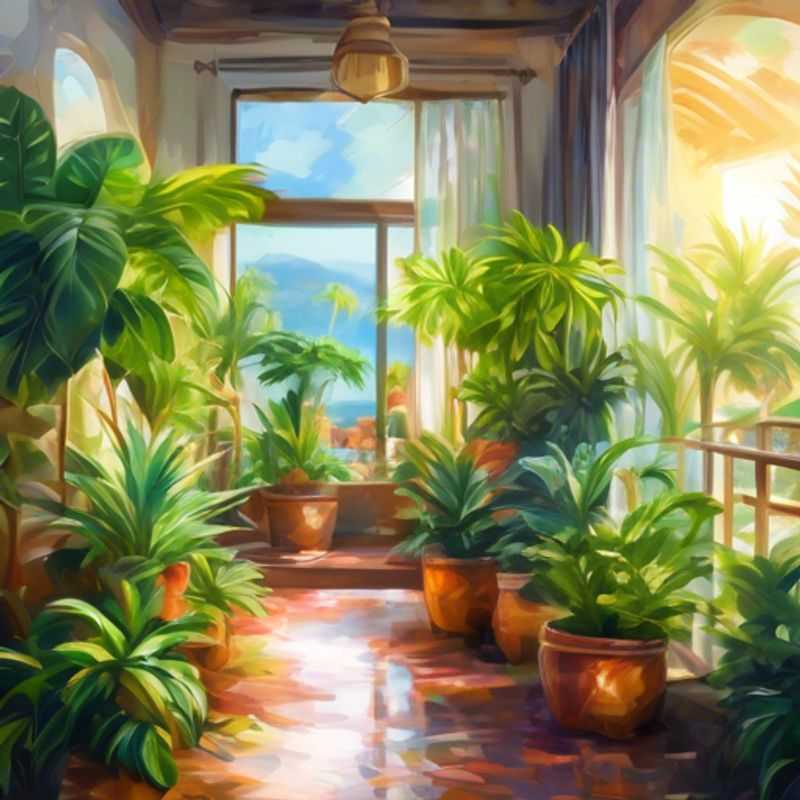
Green Thumbs Up: Researching the Right Care for Your Houseplants
Before you bring a new houseplant home, research its specific care requirements. This will save you time and heartache later on. Different plants need different levels of light, water, and humidity to thrive.
Light: Start by determining where your new plant will live and what type of light it receives. Some plants prefer bright, direct sunlight, while others prefer indirect light. Too much or too little light can lead to problems like stunted growth, yellowing leaves, or even death.
Water: The frequency of watering depends on the plant's needs. Some plants like to be kept consistently moist, while others prefer to dry out between waterings. Pay attention to the soil, it should feel slightly moist but not soggy.
Humidity: Some houseplants thrive in humid environments, while others prefer drier conditions. You can increase humidity by grouping plants together, using a humidifier, or placing a tray of pebbles filled with water near the plant.
Fertilizer: Most houseplants benefit from a balanced liquid fertilizer during the growing season. Use a fertilizer that is specifically designed for houseplants, and follow the instructions on the label carefully.
Repotting: As your houseplant grows, it will need to be repotted into a larger container. The best time to repot is in the spring. When repotting, use fresh potting soil and a pot that is only slightly larger than the previous pot.
By taking the time to learn about your houseplant's specific care requirements, you can ensure that it will thrive for years to come.
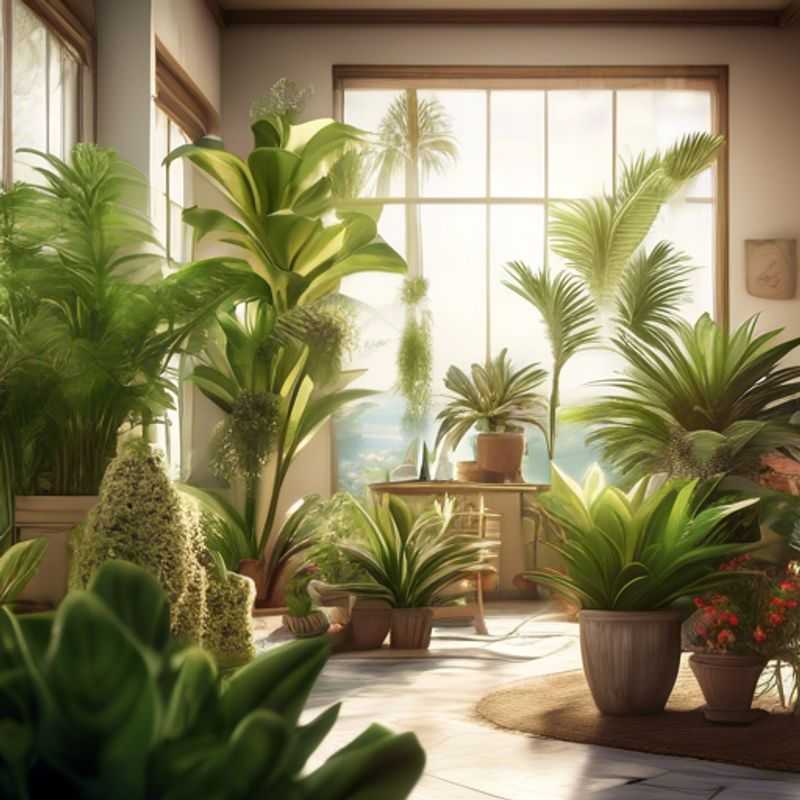
Light and Space: Considerations for Your Home's Design
When planning a workflow, it's crucial to consider the amount of light and space available in your home. This directly affects the functionality and efficiency of your workspace.
Adequate lighting is essential for comfortable and focused work. Natural light is preferred, so consider placing your workspace near a window. If natural light is limited, invest in high-quality artificial lighting. Proper illumination helps reduce eye strain and fatigue.
Sufficient space is also crucial for productivity. Having enough room to spread out materials, move around freely, and maintain a clutter-free environment is vital. Consider the size of your desk, storage options, and the overall layout of the workspace.
Optimizing workflow in a home office often involves rearranging furniture, adding storage solutions, and implementing organizational strategies. This may involve investing in additional furniture, shelving, or lighting, but these are often worthwhile expenses for an improved working environment.
Prioritizing light and space ensures a comfortable and productive work experience. By taking the time to thoughtfully evaluate your home office setup, you can create a functional space that maximizes efficiency and minimizes distractions. If further information is needed, consider searching online resources for more detailed guidance on workspace optimization.
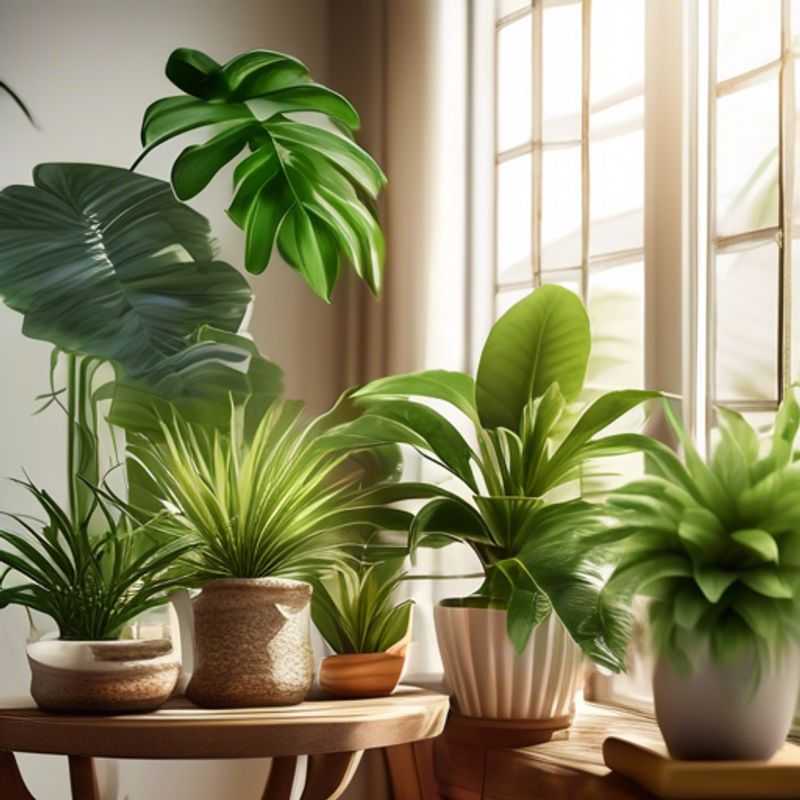
Low-Maintenance Landscaping: Choose Plants That Thrive, Not Just Survive
Choosing low-maintenance plants is a great way to enjoy greenery without a lot of effort. Consider these tips for success:
Know your environment. Different plants thrive in different conditions. Consider your light, water, and temperature levels. Are you in a sunny or shady spot? Is your climate humid or dry? What's the average temperature range?
Choose plants suited to your lifestyle. Some plants need more attention than others. Think about how much time you're willing to spend watering, fertilizing, and pruning. If you're busy, succulents, cacti, or other drought-tolerant plants might be good choices.
Go for native plants. Native plants are often well-suited to your local climate and conditions. They may also attract beneficial insects and pollinators. Check with your local nursery or gardening center for recommendations.
Research the plant's needs. Even low-maintenance plants have specific needs. Read labels, websites, or gardening books to learn about the light, water, and soil requirements of your chosen plants.
Start small. Don't try to do too much at once. Choose a few plants to start with and gradually add more as you gain experience. This will help you learn what works best for you and your garden.
Remember, there are no "truly" maintenance-free plants. Even the hardiest species will need some basic care, but with a little research and planning, you can create a beautiful and easy-to-maintain garden.
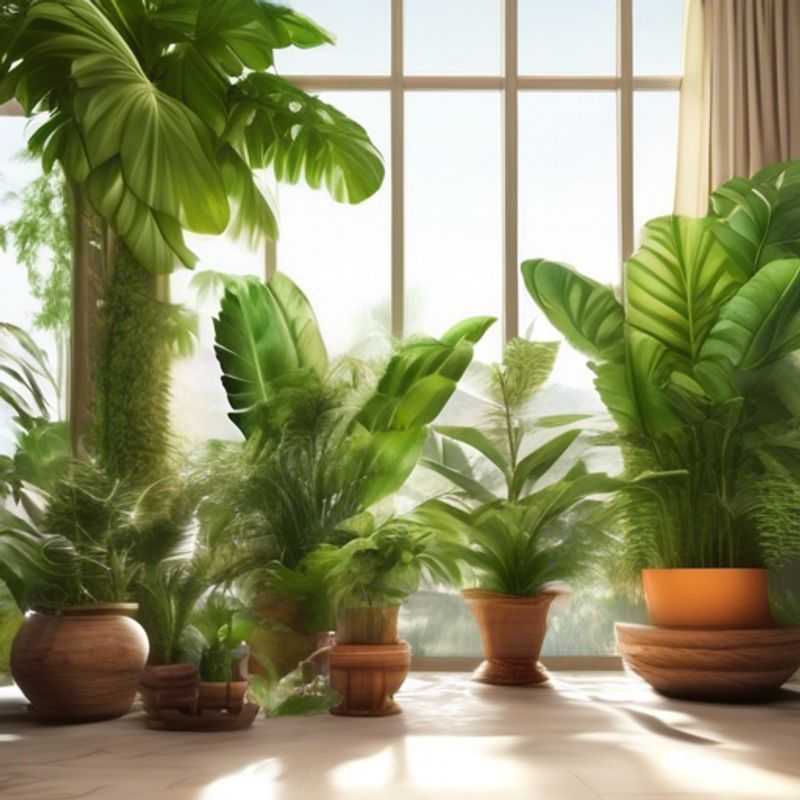
Breathe Easy: Choosing Air-Purifying Plants for Your Home
Bringing nature indoors can improve air quality and create a more relaxing atmosphere. Certain plants are known for their air-purifying properties, effectively removing pollutants from the air.
Consider these popular air-purifying plants:
Snake Plant (Sansevieria trifasciata): These hardy plants are excellent at removing formaldehyde and other volatile organic compounds (VOCs). They require minimal watering and thrive in low light conditions.
Peace Lily (Spathiphyllum): Peace lilies are effective at removing ammonia, formaldehyde, and benzene from the air. They prefer moderate to bright indirect light and require regular watering.
English Ivy (Hedera helix): English ivy is highly effective at removing airborne mold spores, formaldehyde, and benzene. They prefer cool, moist environments and should be kept away from pets and children as they can be toxic if ingested.
Spider Plant (Chlorophytum comosum): Spider plants are easy to care for and are known for their ability to remove carbon monoxide, formaldehyde, and xylene from the air. They can thrive in a variety of light conditions and require moderate watering.
Aloe Vera (Aloe vera): Aloe vera is not only known for its medicinal properties but also for its air-purifying capabilities. It effectively removes formaldehyde and benzene. Aloe vera prefers bright indirect light and needs well-draining soil.
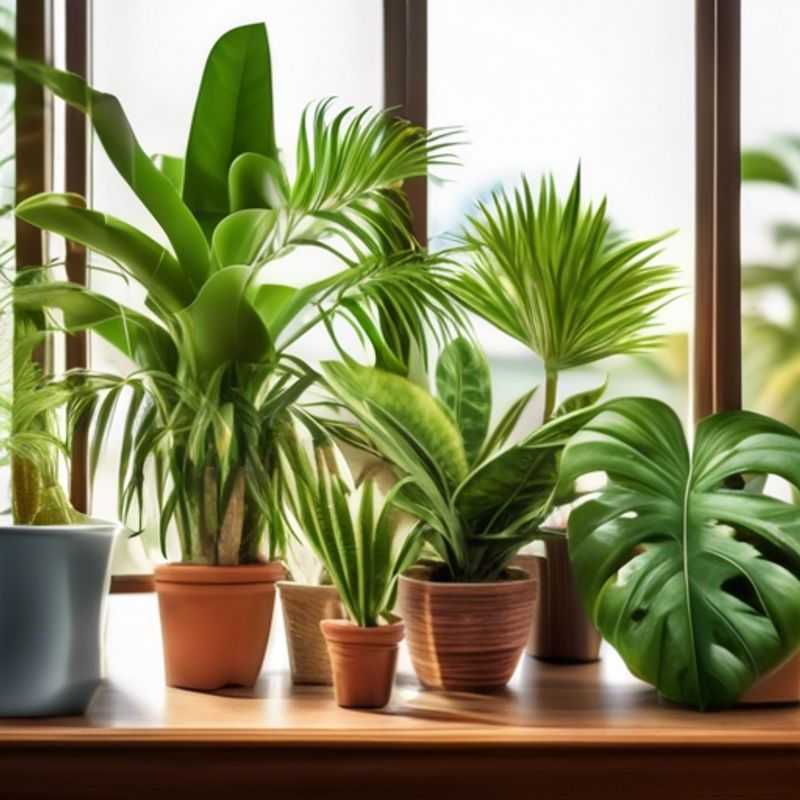
Don't Get Bugged! Inspecting Plants for Pests and Diseases Before Purchase
Before bringing a new plant home, take a moment to inspect it for pests and diseases. This quick check can save you a lot of trouble down the line.
First, examine the leaves. Look for any discoloration, spots, holes, or webbing. These could be signs of insects, fungal infections, or other issues.
Next, check the stems and branches. Look for any signs of damage, wilting, or unusual growths. These could indicate pests or diseases that are affecting the plant's vascular system.
Finally, check the soil. Look for any signs of mold, mildew, or insects. These can be a sign of a contaminated growing medium.
If you spot any signs of pests or diseases, it's best to leave the plant behind. You don't want to introduce these problems to your existing garden.
For a more thorough inspection, consider using a magnifying glass. This will help you identify smaller pests and signs of disease.
Remember, a healthy plant is a happy plant. Taking the time to inspect it carefully before you buy it will help ensure that you're bringing home a thriving addition to your garden.
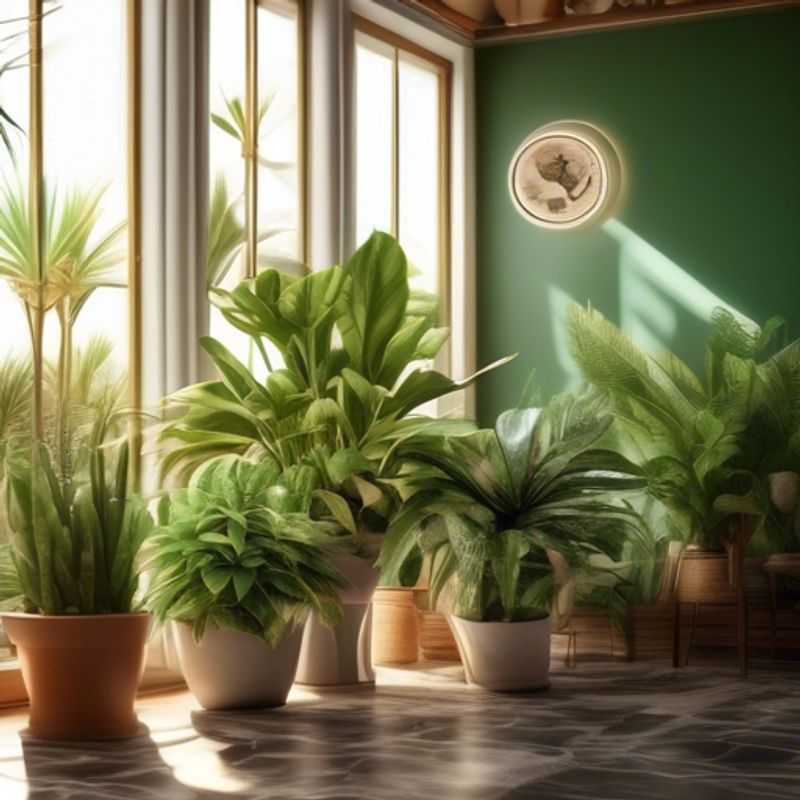
Start Small, Grow Big: Why Choosing Smaller Plants Boosts Your Success
Starting with small or medium-sized plants is a great strategy for beginners in gardening. This approach offers numerous benefits that can contribute to your gardening success.
Smaller plants have a lower maintenance demand compared to larger ones. They generally require less watering, fertilization, and pest control, making them ideal for those with limited gardening experience.
Starting small allows you to learn the basics of plant care gradually. You can observe how they respond to different watering techniques, sunlight exposure, and soil conditions. This hands-on experience will prepare you for tackling larger plants in the future.
Small plants are less prone to damage from wind, pests, and diseases. Their smaller size makes them more manageable and less susceptible to adverse weather conditions.
The initial cost of purchasing small plants is typically lower than buying large ones. This is especially beneficial if you're starting out and don't want to invest a significant amount of money upfront.
As small plants grow, you can easily move them around your garden to find the perfect location that suits their needs. This allows for flexibility in designing and experimenting with your garden layout.
Smaller plants can create a sense of accomplishment as you watch them thrive and grow. This encourages continued engagement in gardening and fosters a sense of pride in your gardening skills.
Remember, regardless of the size of your plants, it's crucial to provide proper care. This includes understanding the specific needs of each plant species, such as watering frequency, sunlight requirements, and soil type.
Starting small is a valuable approach to gardening that offers numerous advantages. It allows for a gradual learning curve, lower maintenance costs, and a sense of accomplishment. As you gain experience and confidence, you can then gradually incorporate larger plants into your garden.
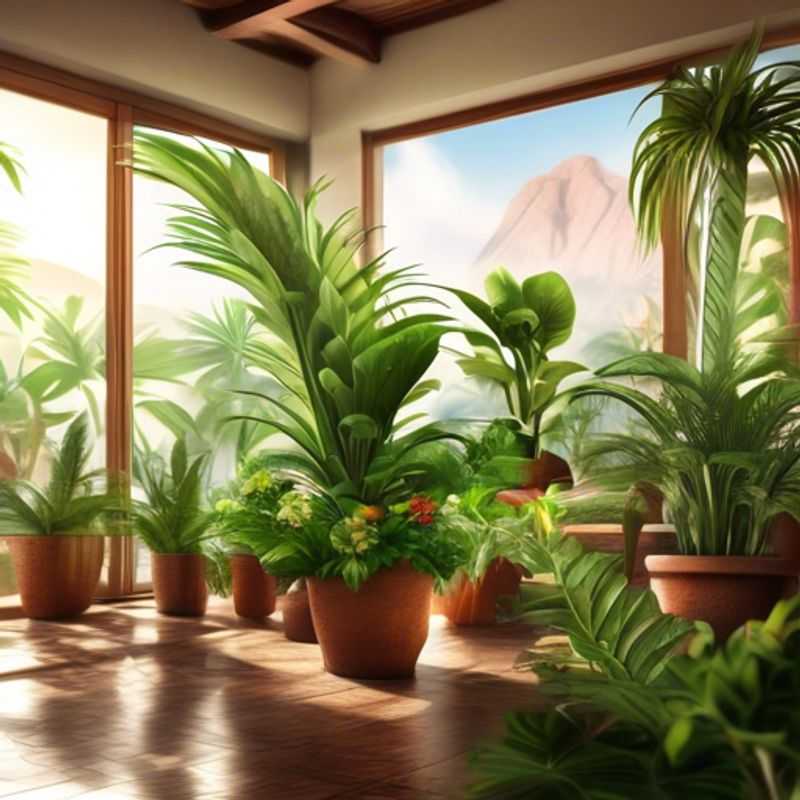
Happy Plants, Happy You: Mastering the Art of Watering and Fertilizing
Keeping your houseplants happy and healthy starts with understanding their needs. Two of the most important factors are watering and fertilizing. But don't worry, it's not as complicated as it sounds.
Watering is all about finding the right balance. Different plants have different needs, so always research your specific plant. Look for signs of thirst, like drooping leaves or dry soil, and water accordingly. Avoid overwatering, which can lead to root rot.
Fertilizing is like giving your plants a nutritious meal. Most houseplants benefit from regular feeding during their growing season. Use a balanced fertilizer specifically designed for houseplants. Follow the instructions on the product label for the correct amount and frequency.
Important tips: Use distilled or rainwater for your plants, as tap water can contain minerals that harm them. Consider using a moisture meter to check soil moisture before watering. Observe your plants closely for signs of distress, like yellowing leaves or stunted growth. Early intervention can often save your plants.
